Under a split-top mountain on the Japanese island of Sado lies a network of centuries-old mines that have sparked a new diplomatic row with South Korea.
Some of the gold and silver mines of Sado, off Japan’s west coast, are believed to have started operating as early as the 12th century and produced until after World War II.
Japan believes that lengthy history and the artisanal mining techniques used there at a time when European mines had turned to mechanization merit recognition on UNESCO’s World Heritage List.
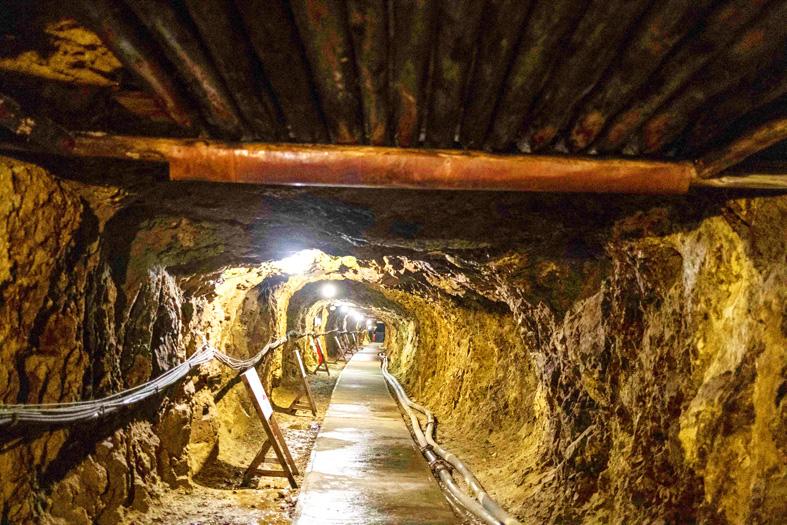
Photo: AFP
However, in Seoul, the focus is on what is not mentioned in the bid: the use of conscripted Korean labor during World War II, when Japan occupied the Korean Peninsula.
Japan is seeking recognition of three sites — the Nishimikawa gold mine, the Tsurushi silver mine, and the Aikawa gold and silver mines — from 1603 to 1867.
Officials and supporters of the bid say that era was when the mines were the world’s most productive and mining was done by hand.
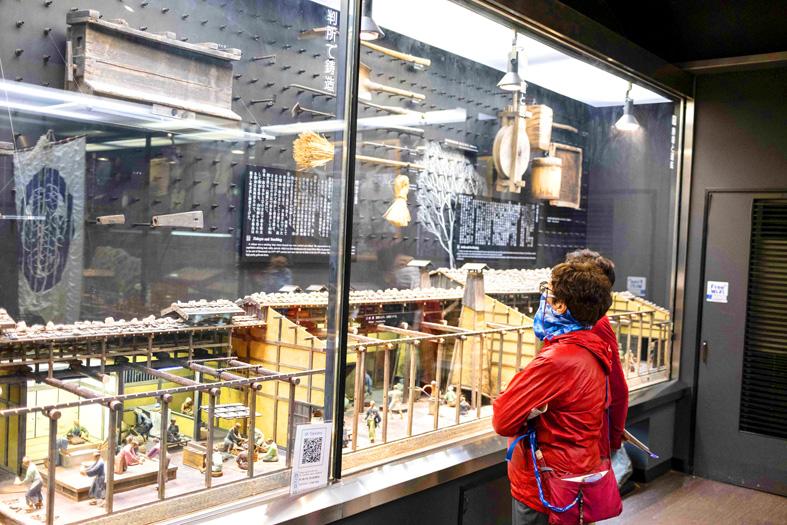
Photo: AFP
However, it also stops short of the period when conscripted Koreans toiled in conditions that even some backers of the UNESCO bid call “extremely harsh.”
The World Heritage effort has been years in the making, inspired in part by the successful recognition of a silver mine in western Japan’s Shimane region.
Ryo Usami, from Sado City’s World Heritage Promotion section, said locals hoped the recognition would highlight the mine’s contributions to the unique culture and history of the island.
“Many people migrated to Sado to mine gold and silver... They came from all over Japan and brought their local cultures,” Usami said.
“Sado’s history is basically the history of these gold mines, and its culture formed in part thanks to the mining operations. That’s what Sado city wants to preserve,” he said.
Production at the sites petered out by the 1960s, when mine operator Mitsubishi Materials began accepting tourists.
In the 1970s, animatronic robots were installed in some mining tunnels to give a sense of what life there was like.
The eerie, rundown figures remain, their heads swivelling side-to-side and arms mechanically swinging pickaxes up and down in a forlorn fashion.
Groups of domestic tourists file through the frigid tunnels and read panels that explain the history of Sado’s mining industry.
The panels note that Edo-era miners were often homeless or unregistered people who were captured and forced to work, and that child labor was used at times.
However, there is little to testify that an estimated 1,500 Koreans worked at the sites during the war.
Their status is disputed, with some saying about two-thirds signed contracts voluntarily, while the remainder were conscripted during war-time mobilization.
“The working conditions were extremely harsh, nevertheless the pay was very high, that’s why lots of people, including many Japanese, applied,” said Koichiro Matsuura, a former UNESCO director-general who is backing Sado’s bid.
Others say the recruitment conditions effectively amounted to forced labor, and that Korean workers faced significantly harsher conditions than their Japanese counterparts.
“Discrimination did exist,” said Toyomi Asano, a professor of history of Japanese politics at Tokyo’s Waseda University.
“Their working conditions were very bad and dangerous. The most dangerous jobs were allocated to them,” he added.
Wartime issues like forced labor have soured ties between Japan and South Korea, and Seoul has formed a task force to push back against the UNESCO bid.
After the bid was announced, the government summoned Tokyo’s ambassador and issued a statement saying it “strongly regrets” the nomination and “sternly urges Japan to stop its attempt.”
The issue of forced labor affects other Japanese heritage sites, including the “Sites of the Meiji Industrial Revolution” inscribed in 2015.
UNESCO last year demanded an information center for the sites properly explain that a “large number of Koreans and others [were] brought against their will and forced to work under harsh conditions.”
Matsuura believes Japan must “avoid making the same mistake” at Sado.
“We must say in a more concrete and more honest manner how the Korean workers lived and worked at the Sado gold mines.”
It is a view shared by some visitors, including 79-year-old Hideji Yamagami.
“Of course they should [explain]; I didn’t know about it at all,” he said after a trip through the Aikawa site.
“I thought it was Japanese who had done all the hard work,” he said.
Asano hopes UNESCO will insist the full history of Sado’s mines is on display if the site gets World Heritage status, and believes Japan “should not fear” recognizing a part of its history.
“Every nation has its dark history, those nations who are completely exempt do not exist,” he said.
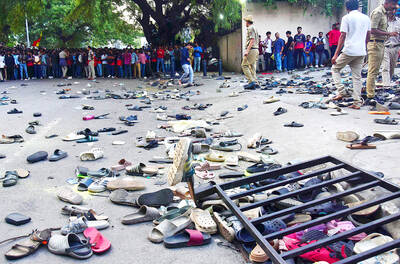
Packed crowds in India celebrating their cricket team’s victory ended in a deadly stampede on Wednesday, with 11 mainly young fans crushed to death, the local state’s chief minister said. Joyous cricket fans had come out to celebrate and welcome home their heroes, Royal Challengers Bengaluru, after they beat Punjab Kings in a roller-coaster Indian Premier League (IPL) cricket final on Tuesday night. However, the euphoria of the vast crowds in the southern tech city of Bengaluru ended in disaster, with Indian Prime Minister Narendra calling it “absolutely heartrending.” Karnataka Chief Minister Siddaramaiah said most of the deceased are young, with 11 dead
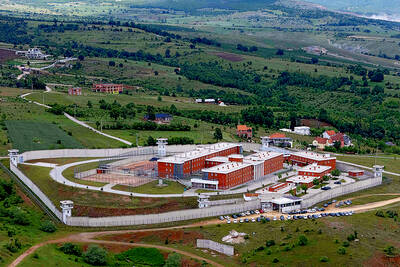
By 2027, Denmark would relocate its foreign convicts to a prison in Kosovo under a 200-million-euro (US$228.6 million) agreement that has raised concerns among non-governmental organizations (NGOs) and residents, but which could serve as a model for the rest of the EU. The agreement, reached in 2022 and ratified by Kosovar lawmakers last year, provides for the reception of up to 300 foreign prisoners sentenced in Denmark. They must not have been convicted of terrorism or war crimes, or have a mental condition or terminal disease. Once their sentence is completed in Kosovan, they would be deported to their home country. In

Brazil, the world’s largest Roman Catholic country, saw its Catholic population decline further in 2022, while evangelical Christians and those with no religion continued to rise, census data released on Friday by the Brazilian Institute of Geography and Statistics (IBGE) showed. The census indicated that Brazil had 100.2 million Roman Catholics in 2022, accounting for 56.7 percent of the population, down from 65.1 percent or 105.4 million recorded in the 2010 census. Meanwhile, the share of evangelical Christians rose to 26.9 percent last year, up from 21.6 percent in 2010, adding 12 million followers to reach 47.4 million — the highest figure
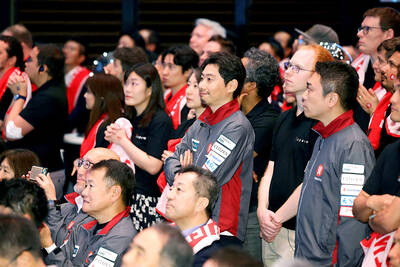
LOST CONTACT: The mission carried payloads from Japan, the US and Taiwan’s National Central University, including a deep space radiation probe, ispace said Japanese company ispace said its uncrewed moon lander likely crashed onto the moon’s surface during its lunar touchdown attempt yesterday, marking another failure two years after its unsuccessful inaugural mission. Tokyo-based ispace had hoped to join US firms Intuitive Machines and Firefly Aerospace as companies that have accomplished commercial landings amid a global race for the moon, which includes state-run missions from China and India. A successful mission would have made ispace the first company outside the US to achieve a moon landing. Resilience, ispace’s second lunar lander, could not decelerate fast enough as it approached the moon, and the company has